MARKET OVERVIEW
The global cold pressed juice market and industry will remain one of the clearest examples of consumer choices and production techniques directing the future of beverages globally. Cold pressed juice will not be another beverage; it will be a way of extracting juice from fruit and vegetables by means of hydraulic pressure, as opposed to traditional heat-based procedures. This strategy will maintain natural flavors, nutrients, and freshness, providing the category with its own distinctive identity relative to long-established packaged juices. When others talk about the future of juice drinking, cold pressed alternatives will be front and center, so the sector becomes a hallmark element of the larger functional beverage space. Unlike high-heat or pasteurized juices, cold pressed offerings will possess the potential for freshness that appeals to consumers looking for purity and authenticity.
The global cold pressed juice market will be more than just bottling fruit extracts; it will design an entire experience based on taste, nutrition, and transparency. The beauty of these juices will not be just in what they provide to the body but also in how they are made. By reducing processing and retaining the most natural possible form to raw fruit and vegetables, the sector will make every bottle convey a feeling of being connected with natural ingredients. The global cold pressed juice market will also be a dynamic meeting of technology and tradition. On the one hand, the utilization of contemporary hydraulic machinery will allow for effective extraction at scale.
On the other hand, the ideology of maintaining products in as close to their natural state as possible will resonate with practices that consumers tend to relate to farm-fresh products. This balance will give the industry a unique space, differentiating it from other beverage categories that are highly dependent on additives or preservation methods. In the future, the global cold pressed juice market will not just provide drinks but also change the way people think regarding nutrition. Its existence will herald a larger shift where people will want more than mere refreshment. They will look for drinks that share a sense of wellness, purity, and minimal intervention.
This is not going to be about keeping up with a short-term trend, but more of a long-term redefinition of what beverages are expected to do in individuals' everyday lives. The industry's future will be determined by how it balances quality with addressing broader demand geographically. While cold pressed juices expand into new markets, local interpretation of flavors and blends will develop, making the industry a flexible and diverse entity. This will help keep the global cold pressed juice market relevant across different consumer bases instead of being limited to a single geography or lifestyle segment. Ultimately, the global cold pressed juice market will be more than a list of bottled drinks. It will be a developing conversation between health, technology, and culture. By reconciling the aspiration of natural freshness with the potential of contemporary production, the industry will etch a lasting position in the future of global consumption.
Global cold pressed juice market is estimated to reach $1,417.75 Million by 2032; growing at a CAGR of 6.9% from 2025 to 2032.
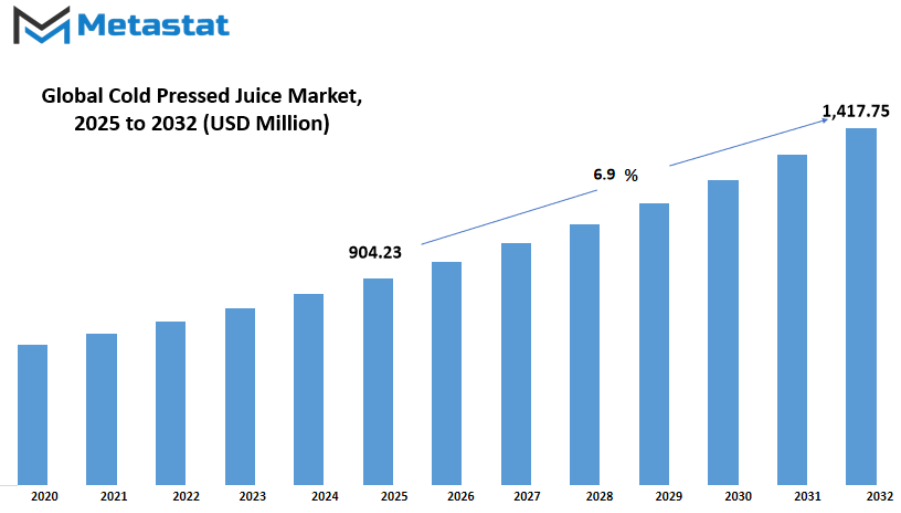
GROWTH FACTORS
The global cold pressed juice market has been growing steadily as individuals more and more turn towards natural and healthier drinks. The main driver for this increase is the growing demand for fresh, clean, and not artificially preserved beverages. Consumers are more and more health-oriented and actively looking for products that can contribute to their lifestyle goals, particularly in cities. They yearn for drinks that not only hydrate but also help in purifying the body, boosting energy, and improving overall health. This trend is shaping the future of the global cold pressed juice market. Urban dwellers are more health-conscious about wellness trends that highlight the need for detox and diet balance. Social networking and constant access to health information have led to the spread of such ideas.
As a result, juices made by the cold-press method, which retain higher nutrients than those processed in the usual way, are gaining credibility and acceptance. Such credibility is likely to be even more supported as individuals are turning their attention more towards prevention than cure and embracing products that lead to long-term health. Nevertheless, there are impediments in the market that cannot be ignored. One of the main issues is that cold pressed juices have a limited shelf life. Since they are devoid of preservatives, they remain fresh for only a short time, and so the possibility of mass distribution does not exist. Along with this, the cost of manufacturing these juices is high as well, on the grounds of both technology used and the quality of ingredients required.
These characteristics tend to command premium prices, making the product unaffordable for price-sensitive consumers. As a result, despite growing demand, availability to more people remains limited. In the future, there are promising developments that can reshape the global cold pressed juice market. One of them is the development of functional juice combinations. Adding to the blend such items as probiotics for gut health, adaptogens for stress alleviation, and superfoods for added nutrition can turn a plain juice into a more holistic wellness beverage. Such innovations will meet their appeal with consumers who want more than just hydration—they want their beverage to do more for them. With food processing technology changing and manufacturing costs reducing with the passage of time, such specialty juices could become even more economically feasible and reach an even larger population.
The future of the global cold pressed juice market shall depend on how well companies manage to balance quality and affordability. If the companies are able to solve shelf-life and price problems with innovative functional blends, the market is likely to grow continuously and sustainably.
MARKET SEGMENTATION
By Category Type
The global cold pressed juice market has been gaining steady attention as more people look for healthier beverage options that support wellness and sustainability. Unlike traditional juices that often undergo heat-based processing, cold pressed juice is made using hydraulic pressure to extract liquid from fruits and vegetables. This method is believed to preserve more nutrients, natural flavors, and freshness, which has made it appealing to health-conscious consumers. The demand is expected to grow further as awareness of clean-label products and natural drinks continues to rise across different regions of the world.
Looking at the future of the global cold pressed juice market, one of the major areas of growth will be the variety of category types available. By category type, the market is further segmented into conventional and organic. Conventional juices will remain significant because they are generally more affordable and accessible to a wider audience. These products are likely to expand in regions where consumers are beginning to transition from sugary sodas and artificially flavored beverages to more natural alternatives. On the other hand, organic juices are projected to see strong growth as more people associate organic farming with health benefits, environmental care, and better product quality. The organic category will also attract consumers who are willing to spend more on premium items, especially in urban areas and developed countries where lifestyle trends lean toward wellness.
Future growth will also be driven by innovations in packaging and distribution. Eco-friendly packaging is becoming a priority as sustainability becomes more important to customers and companies alike. In the coming years, recyclable bottles, biodegradable labels, and smart packaging that tracks freshness could become standard in the industry. Online retail and direct-to-consumer delivery services will make these juices more accessible, offering convenience while also supporting small and emerging brands that want to reach customers without relying entirely on physical stores.
As technology advances, the global cold pressed juice market will also benefit from improvements in preservation methods that extend shelf life without the use of chemicals. This will reduce waste, help businesses expand globally, and ensure that customers in different parts of the world can enjoy fresh-tasting juice with confidence.
Overall, the global cold pressed juice market is on track to play a more central role in shaping the beverage industry of the future. With category types like conventional and organic providing consumers with choice, and with technology, sustainability, and health trends pushing the market forward, this sector will continue to adapt and grow in ways that meet the expectations of modern lifestyles.
By Packaging Type
The global cold pressed juice market is gaining attention as more people search for drinks that are both healthy and convenient. Unlike traditional juices, this type is made by pressing fruits and vegetables without using heat, which helps keep more nutrients and natural flavors. This process makes it appealing to consumers who want freshness and better quality in what they drink. The future of this market looks strong, with demand likely to grow as healthier lifestyles continue to shape purchasing habits.
One of the main factors driving growth is how the product is packaged. By packaging type, the market is divided into bottles, cartons, pouches, and others. Each option has its own role in shaping consumer preference. Bottles are currently the most common, as they are practical, easy to carry, and give a premium look. They are especially popular in urban areas where people often choose ready-to-drink options while on the move. In the future, innovations in bottle design and sustainable materials will make them even more attractive to environmentally conscious buyers.
Cartons are also important in this market. They are lightweight, easy to store, and can be recycled, which fits well with growing concerns about reducing waste. Many families prefer cartons because they are simple to pour and reseal, making them practical for home use. As awareness of sustainability increases, cartons will likely become even more appealing to households looking for eco-friendly packaging choices.
Pouches, though less common, are gaining interest for their portability. They are convenient for younger consumers and can be designed in smaller sizes, making them ideal for quick energy boosts. In the coming years, pouches may see stronger adoption if companies focus on recyclable or biodegradable materials. Their lightweight nature also reduces transportation costs, which could encourage producers to expand their use.
The category of others includes emerging packaging types that may not yet dominate the market but could gain popularity in the future. Innovations such as glass bottles, reusable containers, or even edible packaging may open new opportunities. These options will likely appeal to niche groups that value creativity, sustainability, and exclusivity in their purchases.
Looking ahead, packaging will remain central to how the global cold pressed juice market develops. The balance between convenience, sustainability, and cost will guide consumer choices. With rising awareness about health and the environment, brands that offer both nutritious juice and smart packaging solutions will set the pace for growth in this competitive industry.
By Distribution Channel
The global cold pressed juice market is gaining attention as more people look for healthier choices that fit into their daily lives. Cold pressed juice is prepared using a method that preserves nutrients and natural flavors, making it popular among health-conscious consumers. This interest is not only shaping current buying habits but will also influence the way businesses plan for the future. One important way of understanding this growth is by looking at how the market is divided by distribution channels, which include hypermarkets and supermarkets, convenience stores, online platforms, and other outlets. Each of these plays a unique role and will continue to affect the direction of the global cold pressed juice market.
Hypermarkets and supermarkets remain the most common places where shoppers pick up cold pressed juices. People often combine grocery shopping with buying drinks, which makes these large stores a reliable option. In the future, these outlets will expand their product ranges, offering more variety and private label juices to meet growing demand. At the same time, they will likely add more sections highlighting fresh and organic products to attract health-driven buyers.
Convenience stores are another important part of this market. Many consumers prefer quick access to juices when they are on the go, and convenience stores make that possible. Their role will become stronger in urban areas, where busy lifestyles push people to seek fast and healthy options. Smaller packaging and ready-to-drink bottles will continue to make cold pressed juice an easy choice in these stores.
Online platforms are showing some of the fastest growth in the global cold pressed juice market. More people are turning to apps and websites to order drinks, often preferring subscription plans that deliver fresh juices directly to their doorsteps. Looking ahead, the online segment will benefit from personalized recommendations, flexible delivery schedules, and even the use of data to suggest flavors based on customer preferences. This will create a stronger bond between brands and buyers, while also offering convenience.
Other outlets, such as gyms, cafes, and health food shops, will also keep a strong place in the market. They connect directly with customers who are already focused on wellness and healthy living. In the future, these outlets will act as spaces where people not only buy juices but also learn more about their benefits, creating a closer link between lifestyle and consumption. Together, these channels show that the global cold pressed juice market will keep expanding, shaped by customer needs, new technology, and changing lifestyles.
|
Forecast Period |
2025-2032 |
|
Market Size in 2025 |
$904.23 million |
|
Market Size by 2032 |
$1,417.75 Million |
|
Growth Rate from 2025 to 2032 |
6.9% |
|
Base Year |
2024 |
|
Regions Covered |
North America, Europe, Asia-Pacific Green, South America, Middle East & Africa |
REGIONAL ANALYSIS
The global cold pressed juice market is expected to grow steadily as more people turn toward healthier lifestyles and natural beverage options. Cold pressed juice has gained popularity because it is seen as a convenient way to consume essential vitamins and minerals. Unlike traditional juices, it is produced using hydraulic pressure that helps retain nutrients and flavor without heat. This method is appealing to consumers who value fresh, high-quality drinks, and it is this preference that will continue to shape the direction of the market in the years ahead.
From a geographical point of view, the global cold pressed juice market is divided into several key regions, each offering unique opportunities. In North America, which includes the U.S., Canada, and Mexico, the market has already established a strong base, particularly in the United States. Here, growing health awareness and the influence of fitness culture have created steady demand. Europe, which covers the UK, Germany, France, Italy, and the Rest of Europe, is also witnessing a rise in demand as consumers lean toward organic and clean-label products. The focus on sustainable farming and transparent sourcing in these countries will likely push further growth in this region.
Asia-Pacific, which includes India, China, Japan, South Korea, and the Rest of Asia-Pacific, is becoming one of the most promising regions for expansion. The combination of large populations, rising middle-class income, and increasing interest in wellness trends creates strong potential. Countries like China and India are experiencing fast-changing dietary habits, and cold pressed juice is positioned as a modern and aspirational product. In Japan and South Korea, where there is already a high awareness of functional foods, this market could expand through innovation and premium offerings.
South America, with Brazil, Argentina, and the Rest of South America, is also showing potential. Brazil, known for its fruit diversity, could become an important hub for sourcing and production, while Argentina’s urban centers may drive consumer interest. Meanwhile, the Middle East & Africa, divided into GCC Countries, Egypt, South Africa, and the Rest of Middle East & Africa, offers a different kind of growth story. Rising disposable incomes, urbanization, and a growing interest in imported health-focused beverages will shape demand here.
Looking ahead, the global cold pressed juice market will not only be influenced by consumer health trends but also by innovation in flavors, packaging, and distribution. As technology continues to improve storage and shelf life, these juices will become more accessible across different markets, creating room for both established brands and new players to thrive.
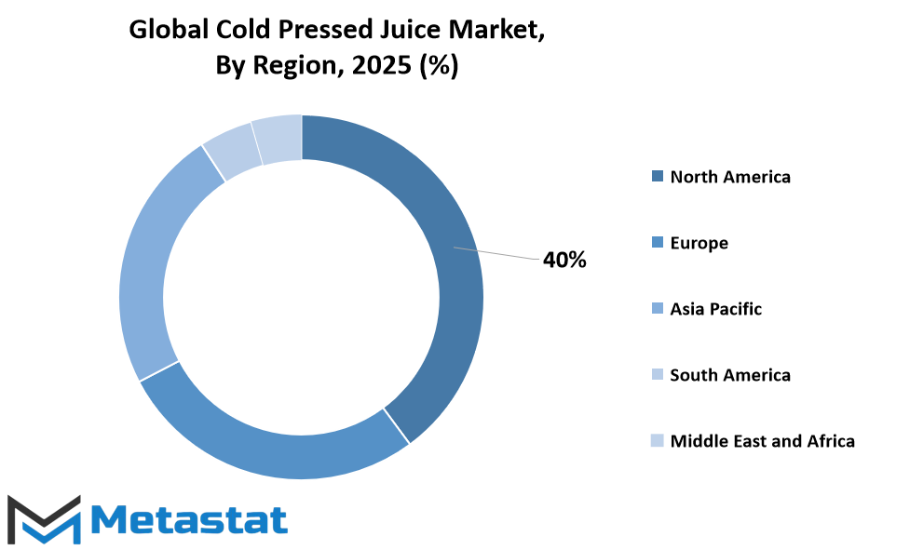
COMPETITIVE PLAYERS
The global cold pressed juice market is expected to grow steadily in the coming years as consumers continue to seek healthier options and natural beverages over processed drinks. This shift in lifestyle choices is fueling demand, and companies are competing to capture attention through innovation, branding, and product variety. Unlike traditional juices, cold pressed juices are made using a process that helps retain nutrients and flavors, making them attractive to people who want both taste and health benefits in a single product.
One of the major drivers of this market is the rising awareness about wellness and the increasing focus on plant-based nutrition. As more people look for convenient ways to maintain a balanced diet, cold pressed juice is positioned as a quick and trustworthy option. The global cold pressed juice market is not only expanding in established regions but is also finding new opportunities in emerging markets, where demand for premium beverages is growing along with disposable income and urban lifestyles.
Competition among companies is expected to intensify. Key players such as Naked Juice Company, Odwalla, Inc., Tropicana Brands Group, Suja Life, LLC, and The Hain Celestial Group, Inc. are investing in new flavors, organic product lines, and eco-friendly packaging to appeal to a wider audience. Smaller companies like Rakyan Bottles Private Limited, Pressed Juicery, Inc., and Mama Juice are focusing on niche segments and building strong community-driven brands. Evolution Fresh, Inc., CEDAR Juices, Liquiteria Inc., Bolthouse Farms Canada Inc., and PepsiCo Inc. also hold significant positions, each using unique strategies to strengthen their presence and meet changing consumer expectations.
Looking ahead, the global cold pressed juice market will likely see more partnerships between food technology companies and beverage producers. These collaborations will support innovation in processing methods, shelf-life improvement, and distribution channels. Sustainability will also play an important role, as customers are becoming more conscious about packaging waste and environmental impact. Companies that address these concerns directly will have a competitive advantage.
In the future, personalized nutrition could further influence the direction of this market. With technology enabling custom diet solutions, there may be growth in juices tailored to individual needs such as energy boosting, detox support, or enhanced immunity. The global cold pressed juice market will not only continue to expand but will also evolve with consumer behavior, giving established and new players opportunities to shape the next wave of healthy beverages.
Cold Pressed Juice Market Key Segments:
By Category Type
- Conventional
- Organic
By Packaging Type
- Bottles
- Cartons
- Pouches
- Others
By Distribution Channel
- Hypermarkets & Supermarkets
- Convenience stores
- Online
- Others
Key Global Cold Pressed Juice Industry Players
- Naked Juice Company
- Odwalla, Inc.
- Tropicana BraNDS Group
- Suja Life, LLC
- The Hain Celestial Group, Inc.
- Rakyan Bottles Private Limited
- Pressed Juicery, Inc.
- Evolution Fresh, Inc.
- Mama Juice
- CEDAR Juices
- Liquiteria Inc.
- Bolthouse Farms Canada Inc.
- PepsiCo Inc.
WHAT REPORT PROVIDES
- Full in-depth analysis of the parent Industry
- Important changes in market and its dynamics
- Segmentation details of the market
- Former, on-going, and projected market analysis in terms of volume and value
- Assessment of niche industry developments
- Market share analysis
- Key strategies of major players
- Emerging segments and regional growth potential



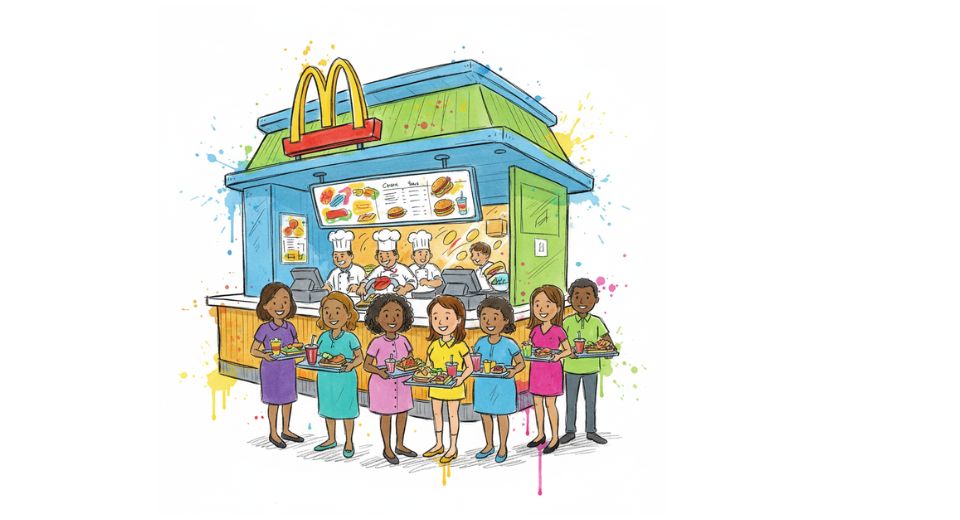
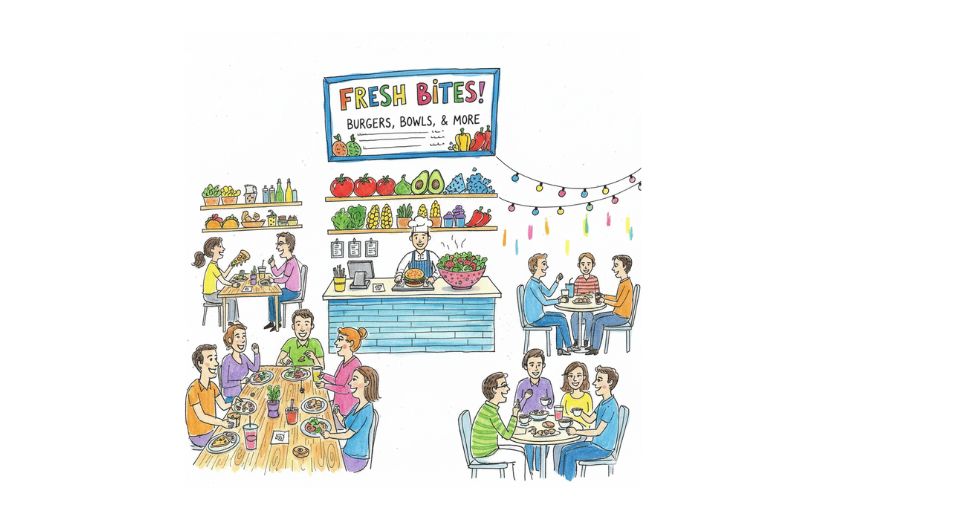

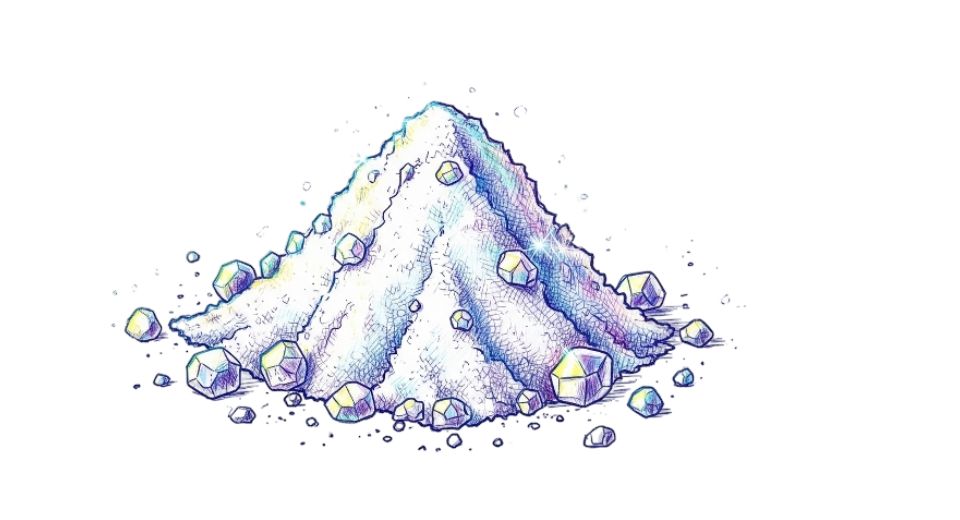

 US: +1 3023308252
US: +1 3023308252






